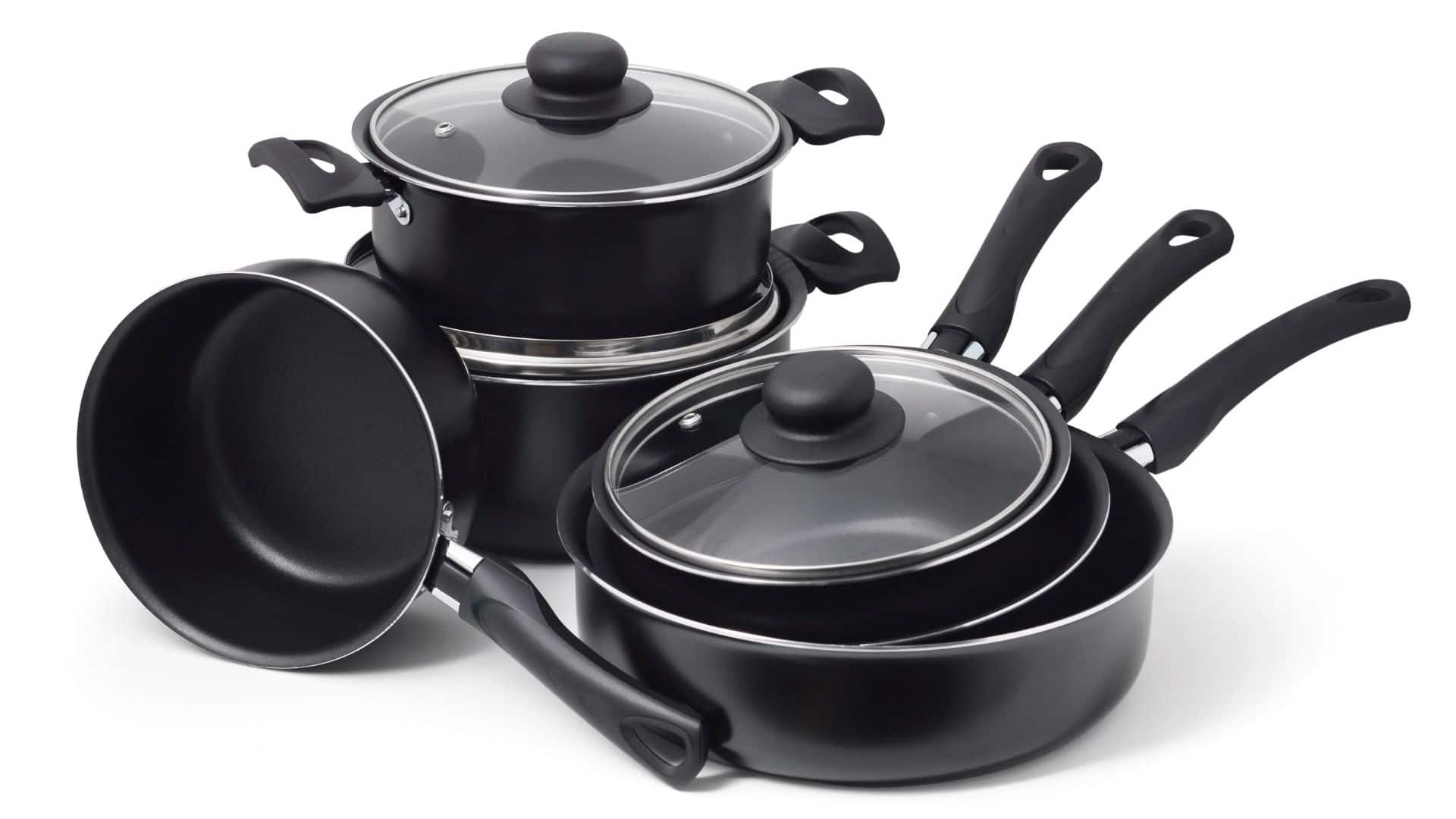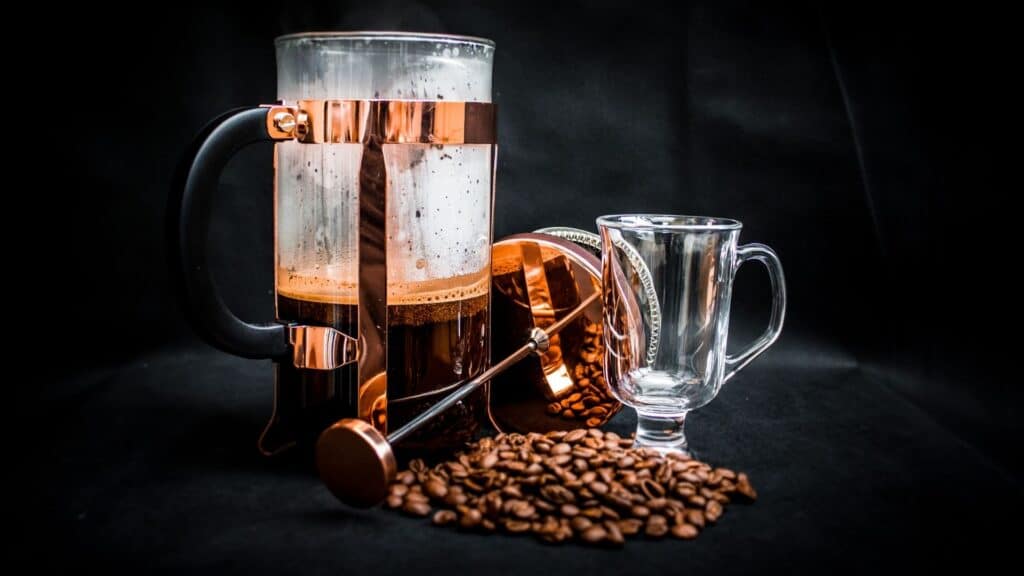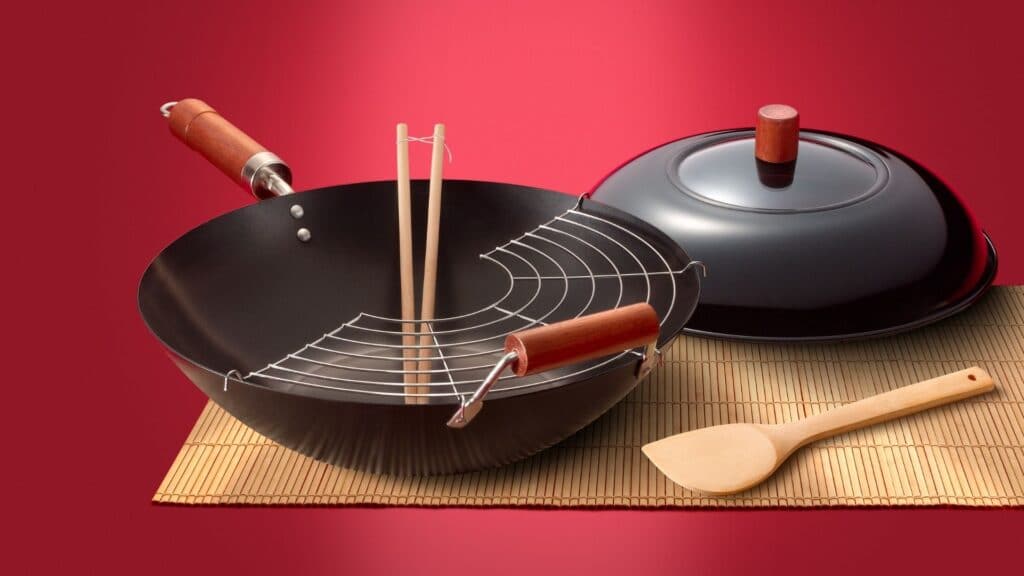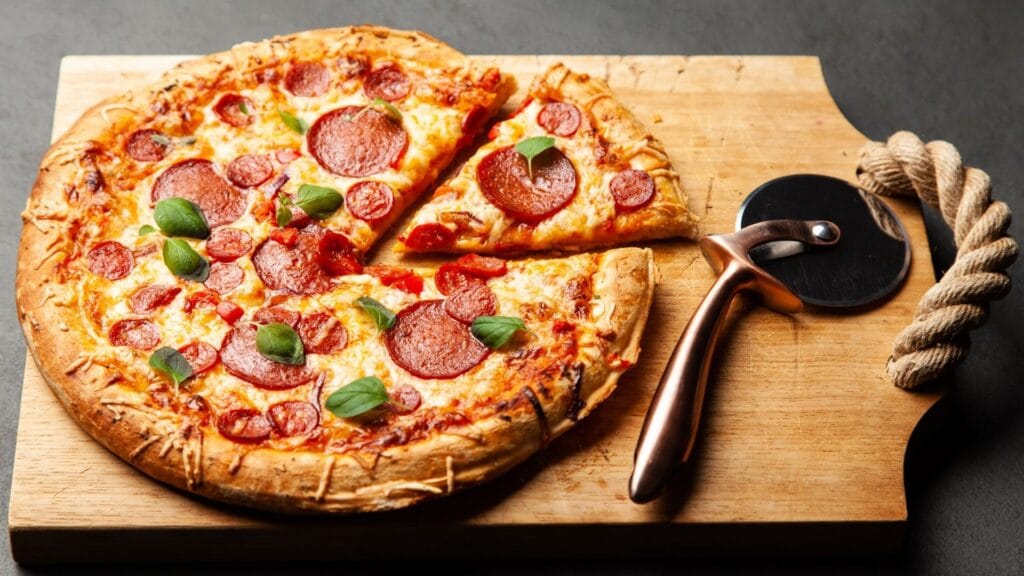Soup Bowls - Portioned Dishes With Handles Instead of a Plate
Table of Contents
Toggle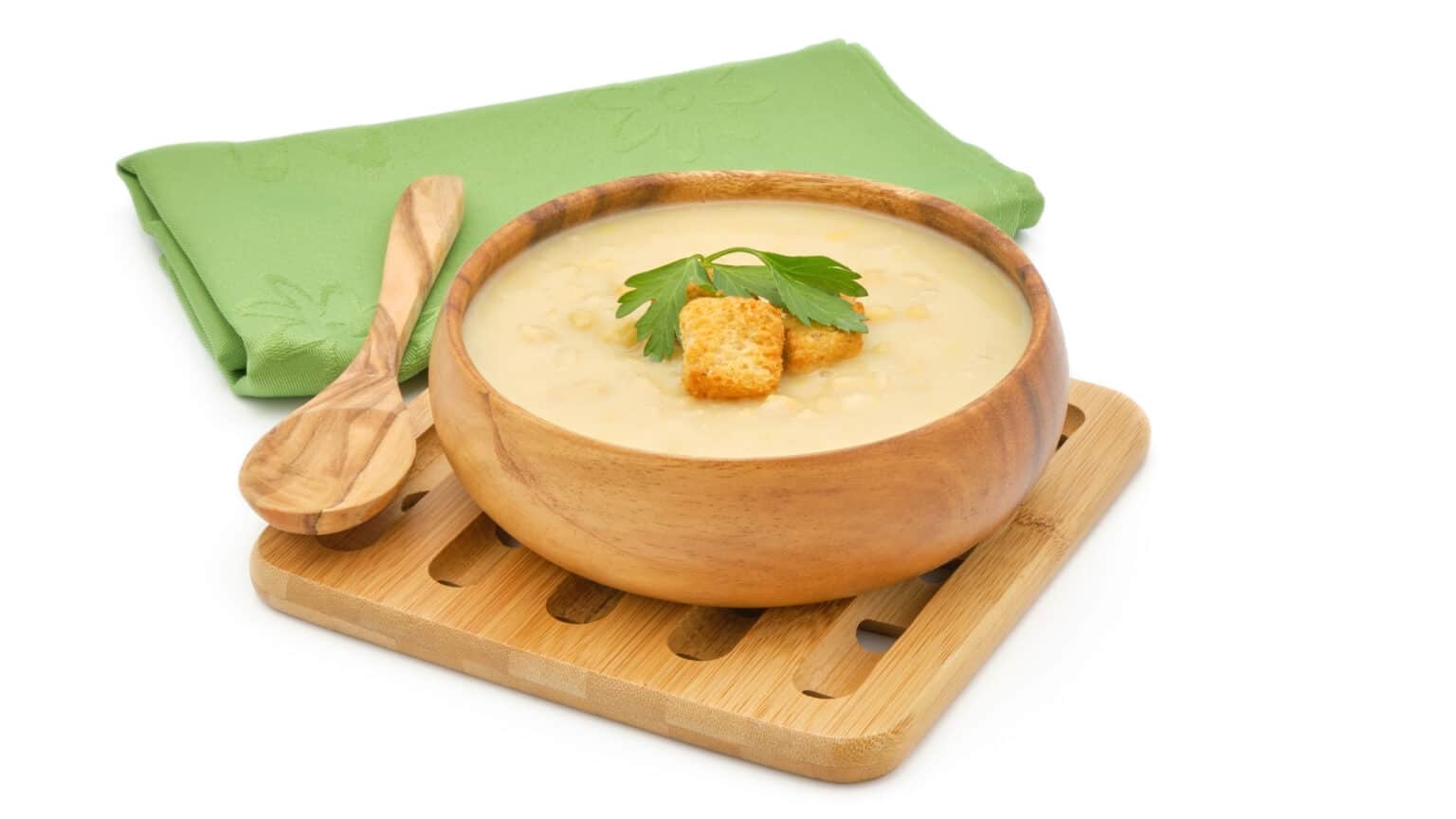
Last Updated: March 1, 2022
Soup bowl is a dish for serving broth, soup and other first courses in portions. It’s an alternative to a soup plate but deeper, complemented two handle. Soup bowls are a popular choice of breakfast bowls and are also used for serving individual portions of soup in restaurants. In addition to looking great, they offer the advantage of better keeping the heat in compared with a plate or shallow bowl: perfect if you like your soup hot.
In appearance, the dishes resemble a large tea cup or bowl, a small salad bowl or a candy bowl. They are always high-sided and sometimes have handles. They often have the tea pot shape lid that fits over the top of the bowl of soup and with inset patterns to capture steam.
The average volume of the soup bowl is 500 ml. The main purpose of the soup bowl is to serve soup, but it can also be used to serve any other hot food. The soup bowls are available in different colors and designs, which allows adding beauty to your tables.
Material is a Key Selection Criteria
These dishes are made of glass, ceramics, faience, porcelain, glass ceramics or heat-resistant plastic on an industrial scale. Handicraftsmen often make clay and ceramic portioned tureens.
Soup bowls are beautiful and unique. They have interesting shapes, designs and patterns on the outside of them. Each soup bowl has a perfect shape that can hold a large amount of soup comfortably. There is also a wide variety of soup bowls available in many different colors and sizes. The size will depend on the type of soup or meal you are planning to use it with.
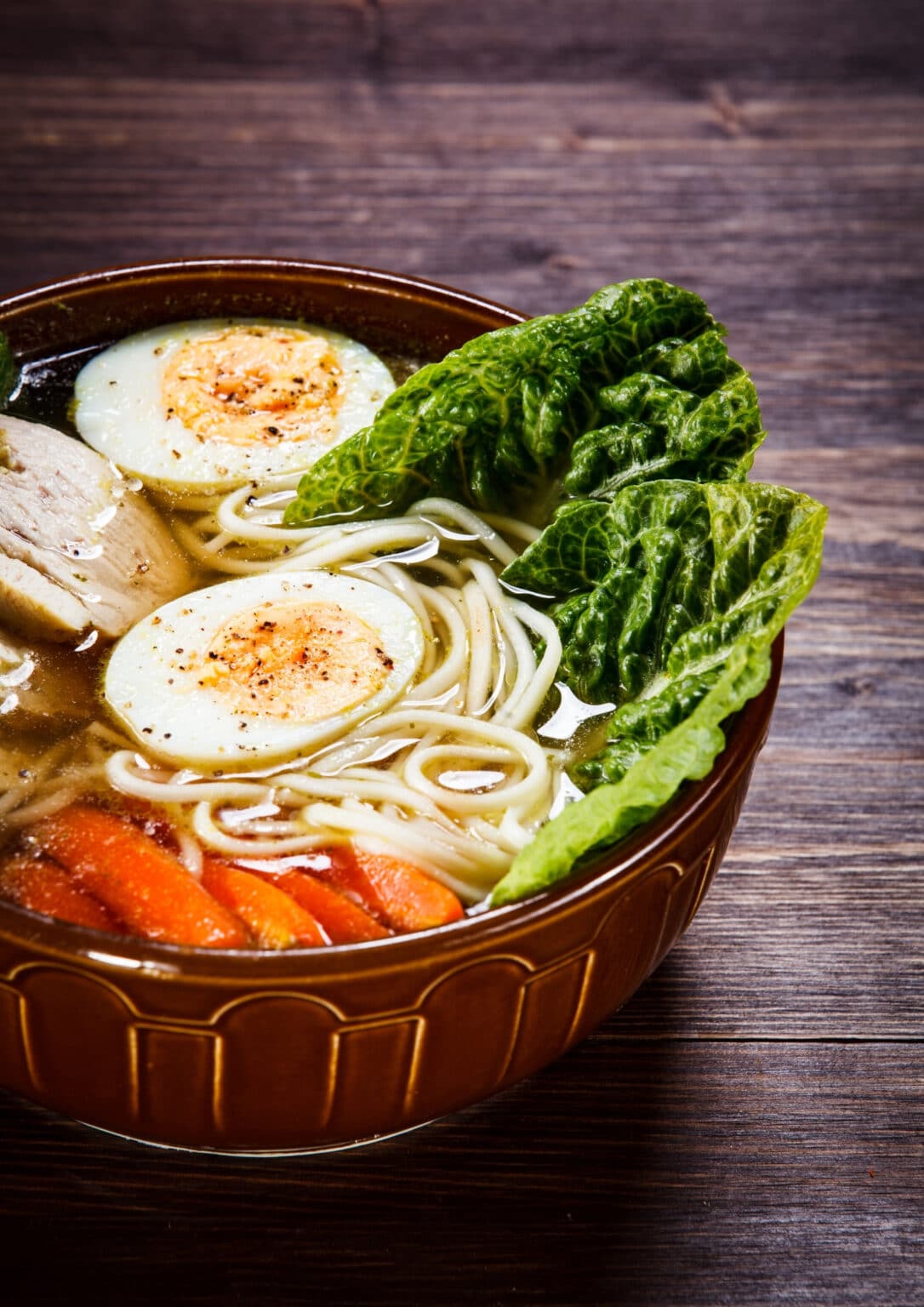
When giving preference to one or another material, it is important to consider several points:
- Combine with other utensils available at home. It is not necessary to look for a design exactly, you can pick up a universal option, glass often helps. Combining utensils is one of the tricks that can help in the interior design.
- If you plan to reheat food before serving or cook directly from frozen, look for packaging that is microwave compatible. The packaging should be marked with a microwave symbol.
- Cookware must be able to withstand extreme temperature changes if you plan to store it in the refrigerator and then heat it up.
Glass - Practicality and Modernity
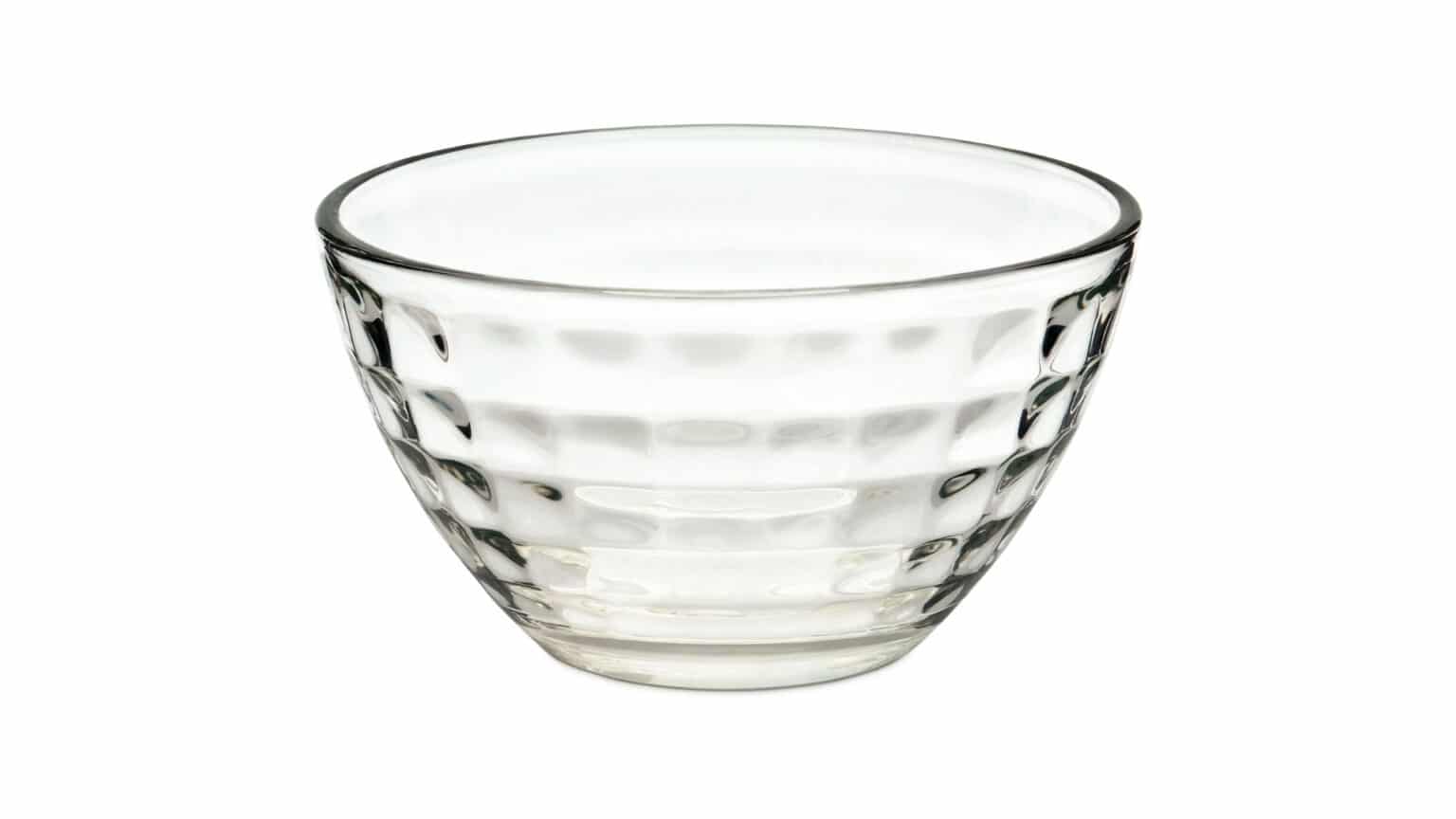
Shape bowls glass – it’s one of the most practical and functional. They are transparent, smoky, patterned or in the tradition of minimalism. Fits perfectly into a modern interior, combined with dishes in different styles, including classic porcelain. Amazingly beautiful, mouth-blown glass their appeal lies in their simplicity and ease of maintenance, and they perfectly complements every table setting.
The soup bowls are made of tempered glass, they are not afraid of hot soup, they are compatible with a microwave oven, they are easily washed from fat, they do not absorb odors, product juices, dyes. Where to buy soup bowls – in the first place, you need to go to a store that sells a wide range of glass products. If you go to such a store, you can immediately get the necessary amount of soup bowls of the necessary quality. It is always interesting to choose accessories for the kitchen and the table. Glass is one of the best materials for cooking sauces, gravies, seafood appetizers and snacks.
Ceramics, Clay, Faience, Porcelain
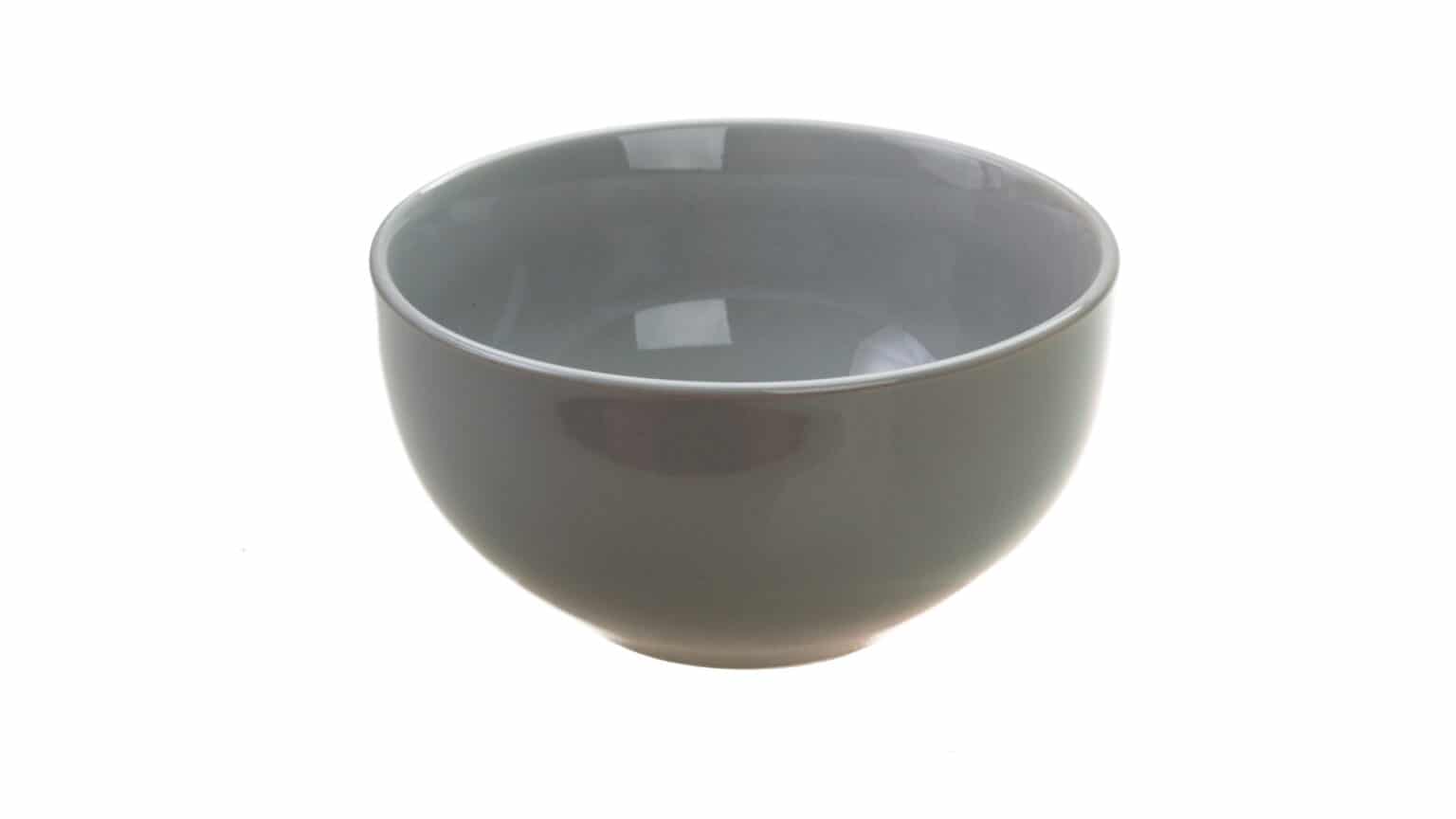
Ceramic dishes are associated with warmth and coziness, they stay hot longer. The inside of the product for eating should be covered with glaze, this protects against moisture, absorption of fat juices, damage. The use of ceramic dishes for eating is an ancient tradition. Ceramic vessels discovered in Egypt, indicate that for over 7 thousand years people have been using these dishes specially for food.
The outer side can be without glaze, recalling the antiquity of the origin of this natural environmentally friendly material. To impart protective properties, the milking technique is used, obtaining a beautiful brown tint. Glazed products are decorated by adding dyes to the glaze, painting.
Ceramic soup bowls are very diverse in shape: mugs, bowls, miniature saucepans, pots. They can be with lids, on stands protecting the table, with spoons included. Ceramics has existed for more than ten thousand years. Early handmade ceramics were shaped by using forms to create objects from clay — known as sculpture.
Pottery is a type of clay. The difference is in the methods of firing and modifying additives. In pottery, clay is mixed with different minerals (feldspar, quartz, limestone, etc.), which enhances its plasticity. Clay bowls is most often made by artisans.
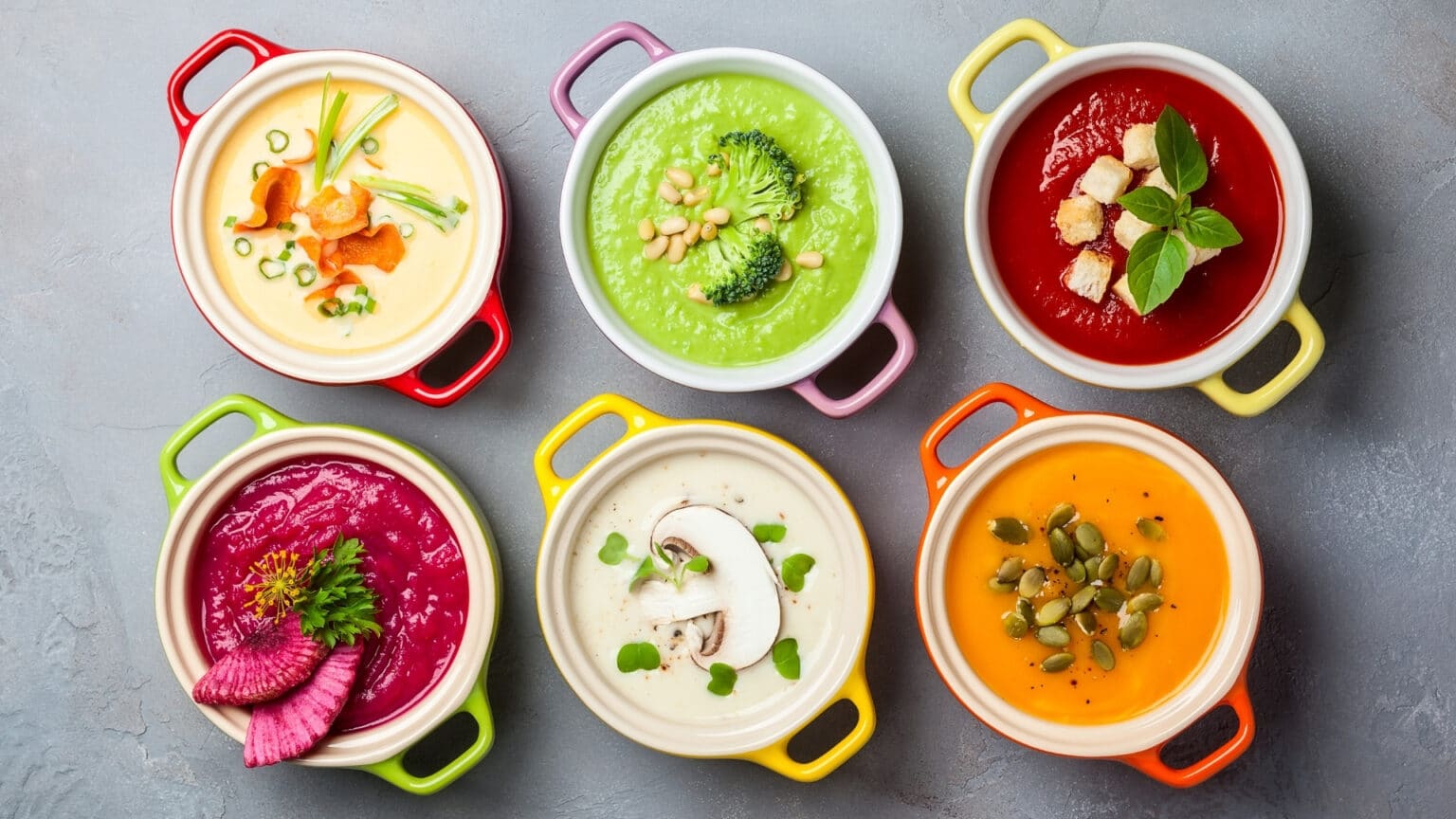
On the basis of the same raw materials, earthenware is made, a well-known material for the production of plates. But faience cannot be called durable, it splits and cracks. The history of faience began in the Middle East. The first such clay was discovered and considered very beautiful.
Faience from the French “faiencer” is the name of white or colored clay. There are several types of earthenware, usually differing in plasticity and strength qualities. Faience contains a large amount of quartz. Earthenware is a great material for production of bowls, dishes, vases and pots, also good for the manufacture of plates and cups.
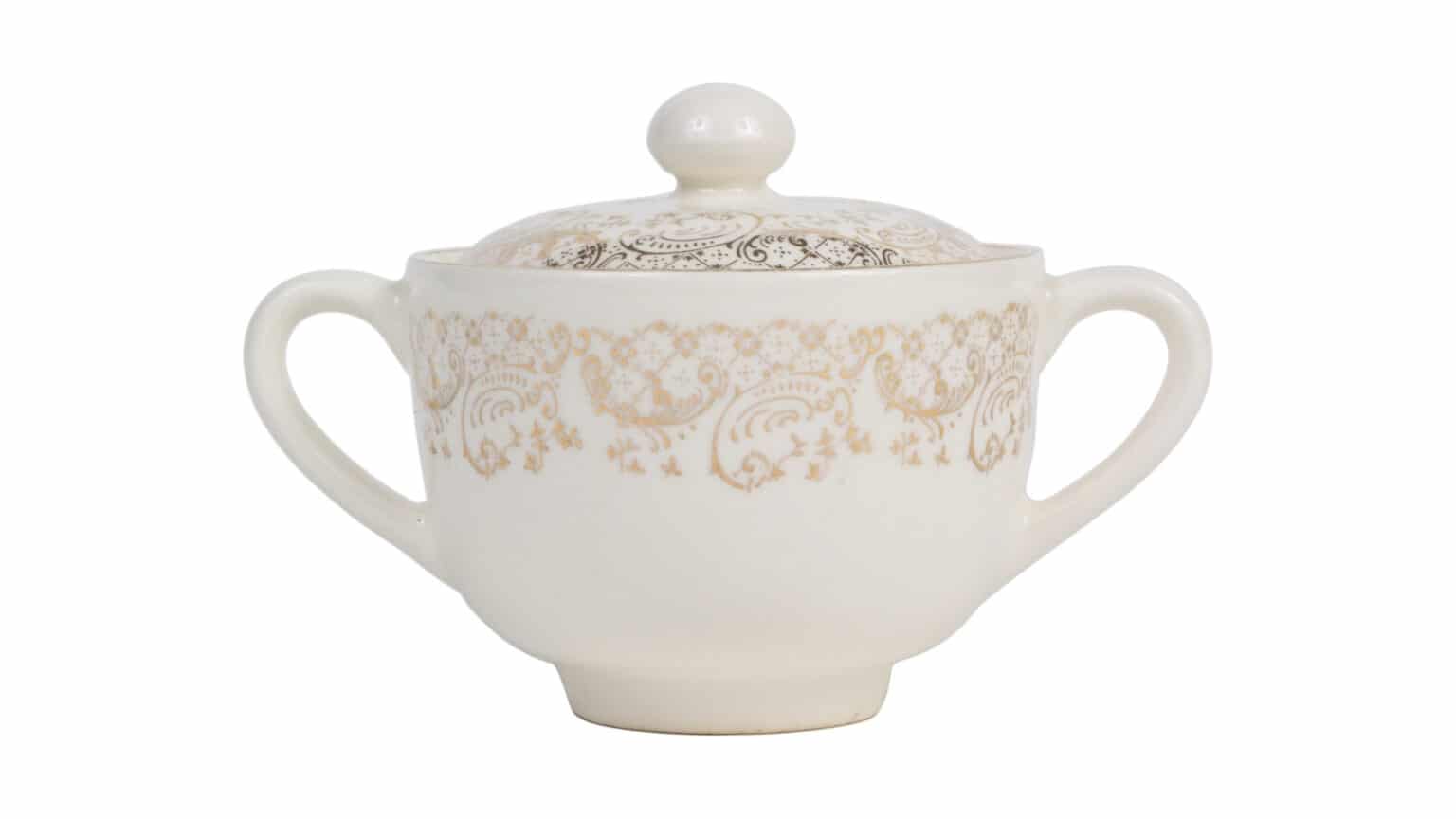
Porcelain soup bowls are graceful, light, beautiful. It is also based on clay, but of special grades. Special firing technologies make it possible to obtain weightless, thin, but very durable dishes. The ideal choice for classic interiors. There is a very thin line between beauty and simplicity. Porcelain soup bowls are near perfection of this matter. Some might say that they are fragile; some might say that there is nothing special in them.
But those who have tried to handle, serve soup bowls, or just admire them, knows how much pleasure it brings: they are lightweight, delicate and at the same time solid and strong enough in order not to be affected by negative factors of the environment. Today it is difficult to imagine a kitchen or dining table without dishes from this wonderful material. Porcelain dishes fit with any interior design style and are easily combined with other materials.
Glass Ceramics and Glass Porcelain
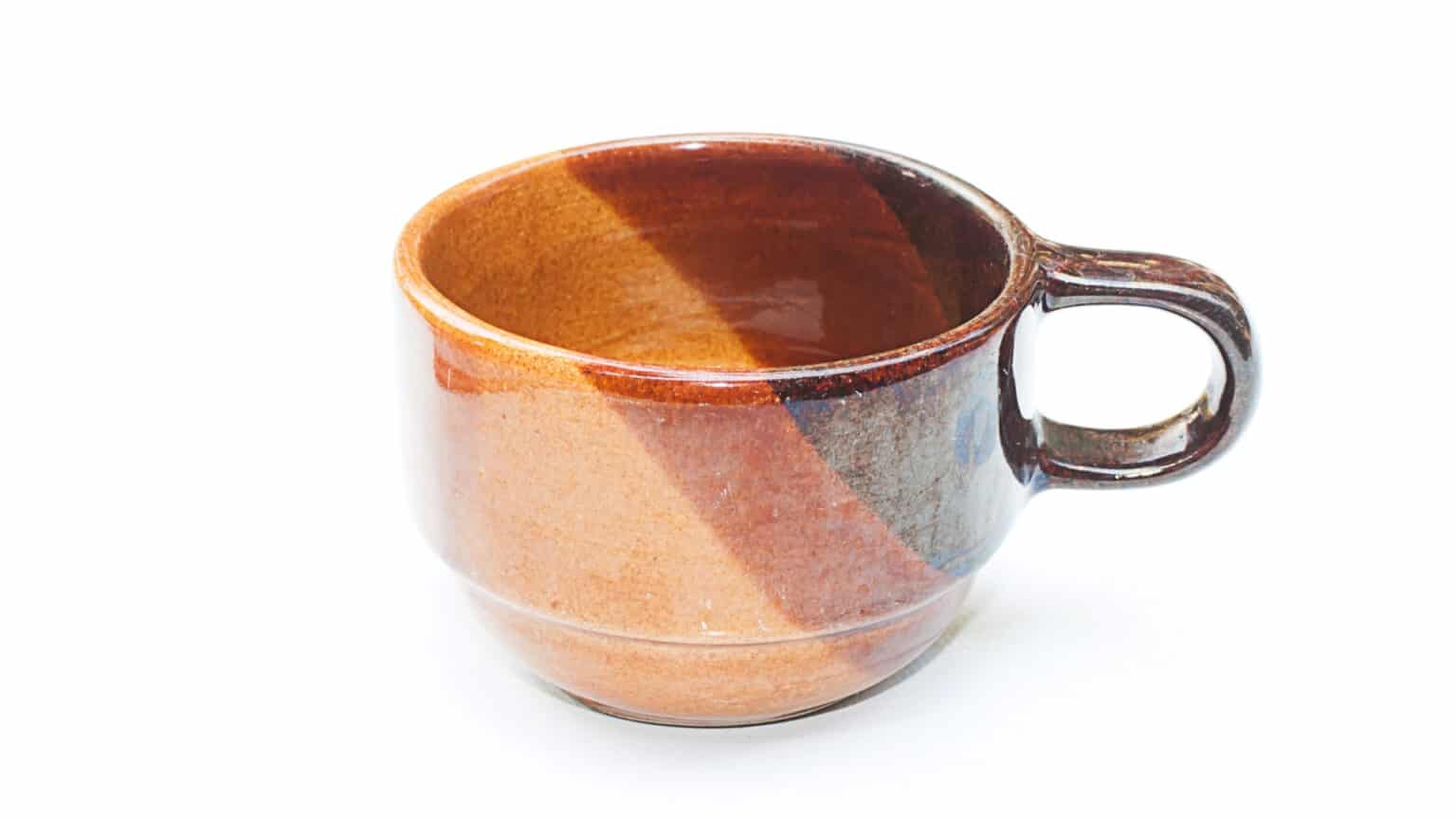
Glass ceramics and porcelains are new materials, which are designed for the needs of modern kitchens. They can withstand frost, microwave, oven, dishwasher. In appearance, they look like ceramic or glass, but they have porcelain properties – they are soft and have a low thermal conductivity. Glass ceramics and porcelains are significantly cheaper than normal porcelain.
The advantage – for all the decorativeness, there is no glaze, high resistance to mechanical damage, cracks, chips. Soup bowls from glass porcelain can be washed by any means and in the dishwasher. The glass will give a truly exclusive look to the products of your kitchen, or you can choose color porcelain.
This material is also suitable for creating the appearance of exclusive and high-quality products on any thing: cups with print, glasses, wine glasses, bowls in the form of flowers and much more. The possibility of individualization glassware allows you to create very unusual things.
Variety of Forms
Soup bowls do not have strict standards, in shape and size, like plates. The volume of dishes, as a rule, is from 300 to 1000 ml, most often – 400-600 ml. Soup bowls resemble dishes, but differ from them in that the height of the sides is greater than the perimeter of the bottom. Soup bowls can be different in shape – round, oval, rectangular, but almost all of them are intended for eating hot soups.
The bowls can be made of ceramics, metal plates, glasses, plastic and other materials. Most often the containers are decorated with a vertical rib protruding from the side walls up to a certain height. Such a groove can be smooth or decorated with images or inscriptions, usually is a characteristic feature of the manufacturer.
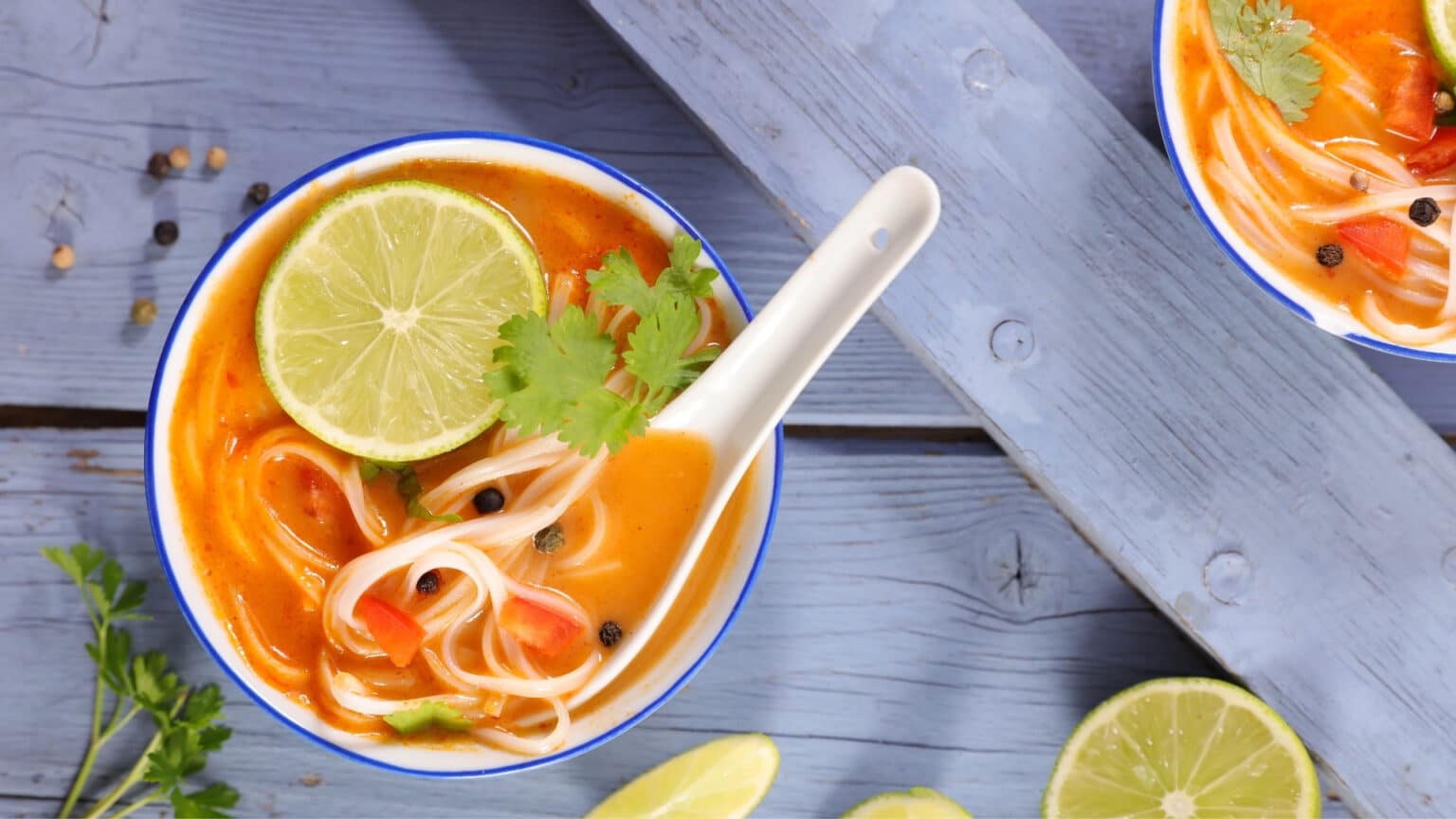
Soups are very light, nutritious and tasty dish. Soup mug – a versatile product, it can be used as a conventional bowl for soup and for other purposes. Soup mug is easy to use – the handles will help not to burn your fingers. In serves broth (including with eggs, croutons, herbs), thin and thicker soups. A soup mug is appropriate at work and in field conditions, it is convenient to hold it with your hand and eat it, even if there is no table.
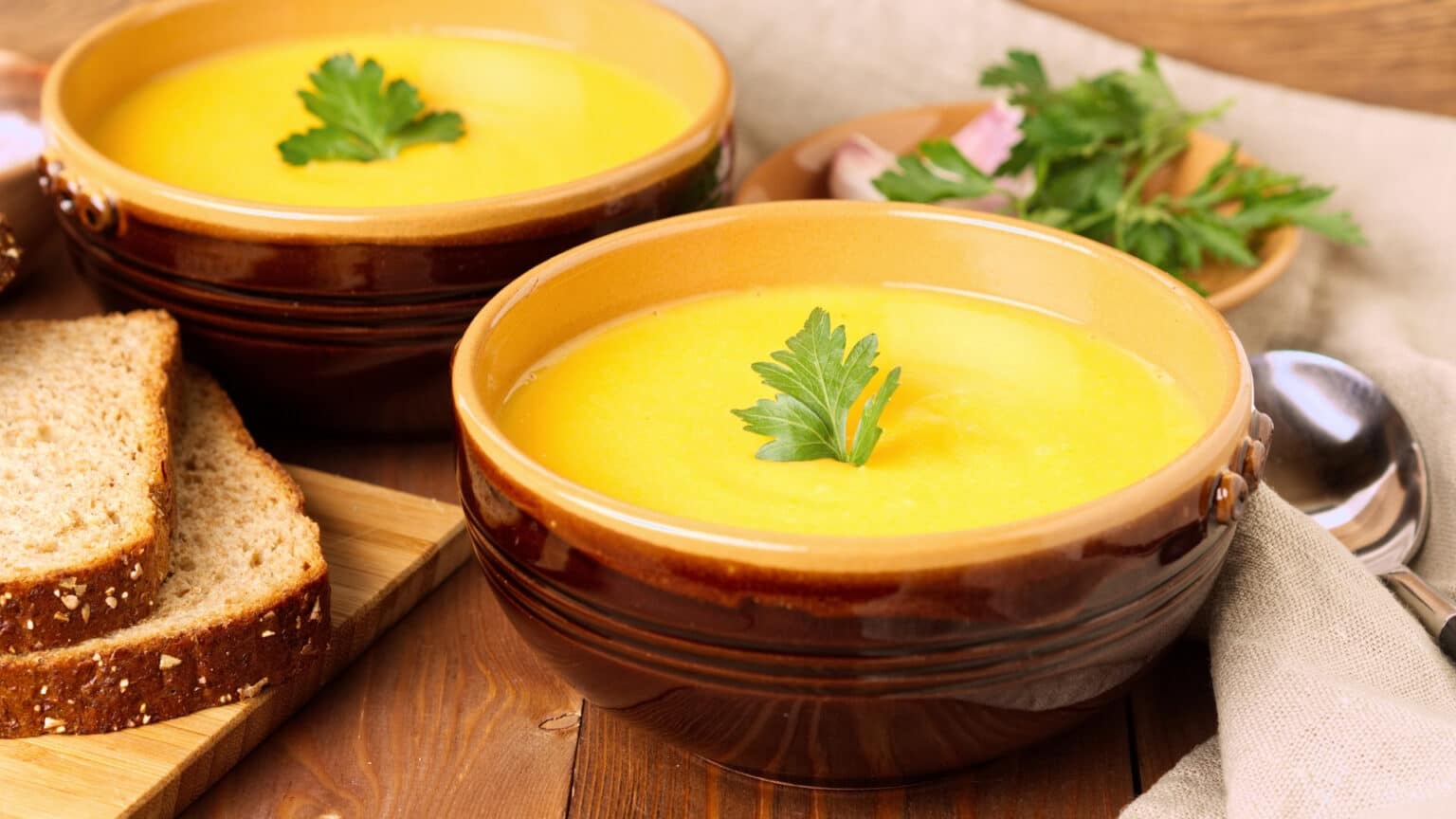
Soup bowls with a slightly narrowed bottom and widened neck are no less versatile. It serves not only as a plate for first courses and cold soups. In such dishes, dumplings, meatballs, roast, porridge are served. Looks impressive and takes longer to cool than flat plate.
The utility of the soup bowl is confirmed by the fact that it is being used in about every third house, both in Europe and America. It does not matter whether it is a simple bohemian kitchen, or a modern household. Soup bowls are good for first courses, salads, main courses with sauce, compote and melted cheese with pasta.
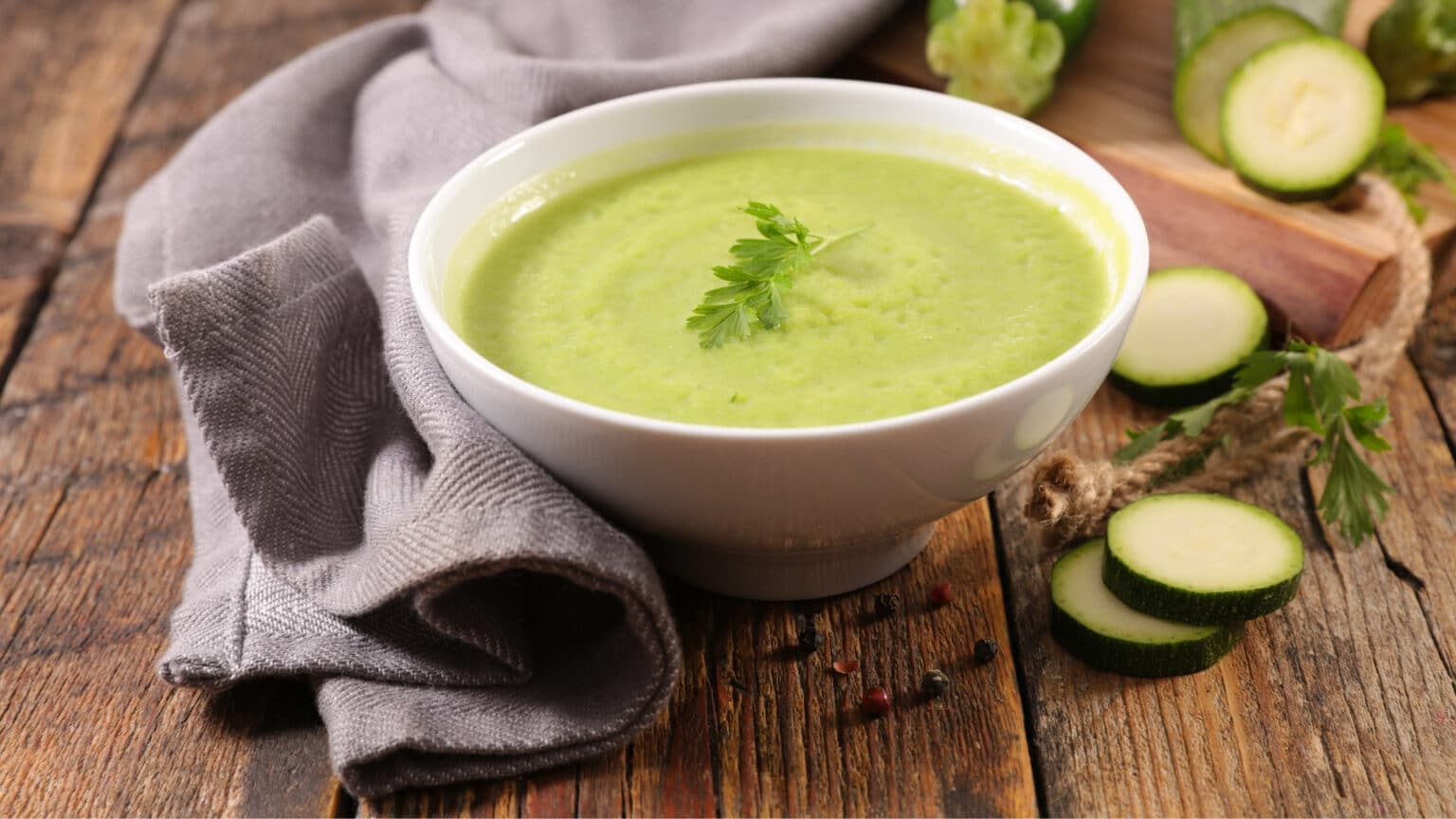
Miniature saucepans for serving first courses in portions can also be used for serving various dishes. Thanks to the lid, soup bowls keep the dish hot for a long time. You can set the table in advance, the soup will not cool down. And if a portion remains, it’s easy to keep in the refrigerator.
Miniature saucepans : Ideal tableware in portions for soup pots and classic soups. Soup is a dish that belongs to the family of hot first courses. It has long been considered an indispensable attribute of festive meals. In the cold season, soup becomes even more substantial.
Handles - What To Choose
In the definition of a soup bowl, there are necessarily handles, which distinguishes dishes from plates. The handle can be one or two, there are options with four, but this is a purely design decision that does not affect functionality.
Rather, the designers wanted to make the piece look like a bonfire pot. The soup bowl is traditionally used for serving hot soups, stews and chowders. The bowl is an object of daily use, you can not imagine eating soup without a bowl.
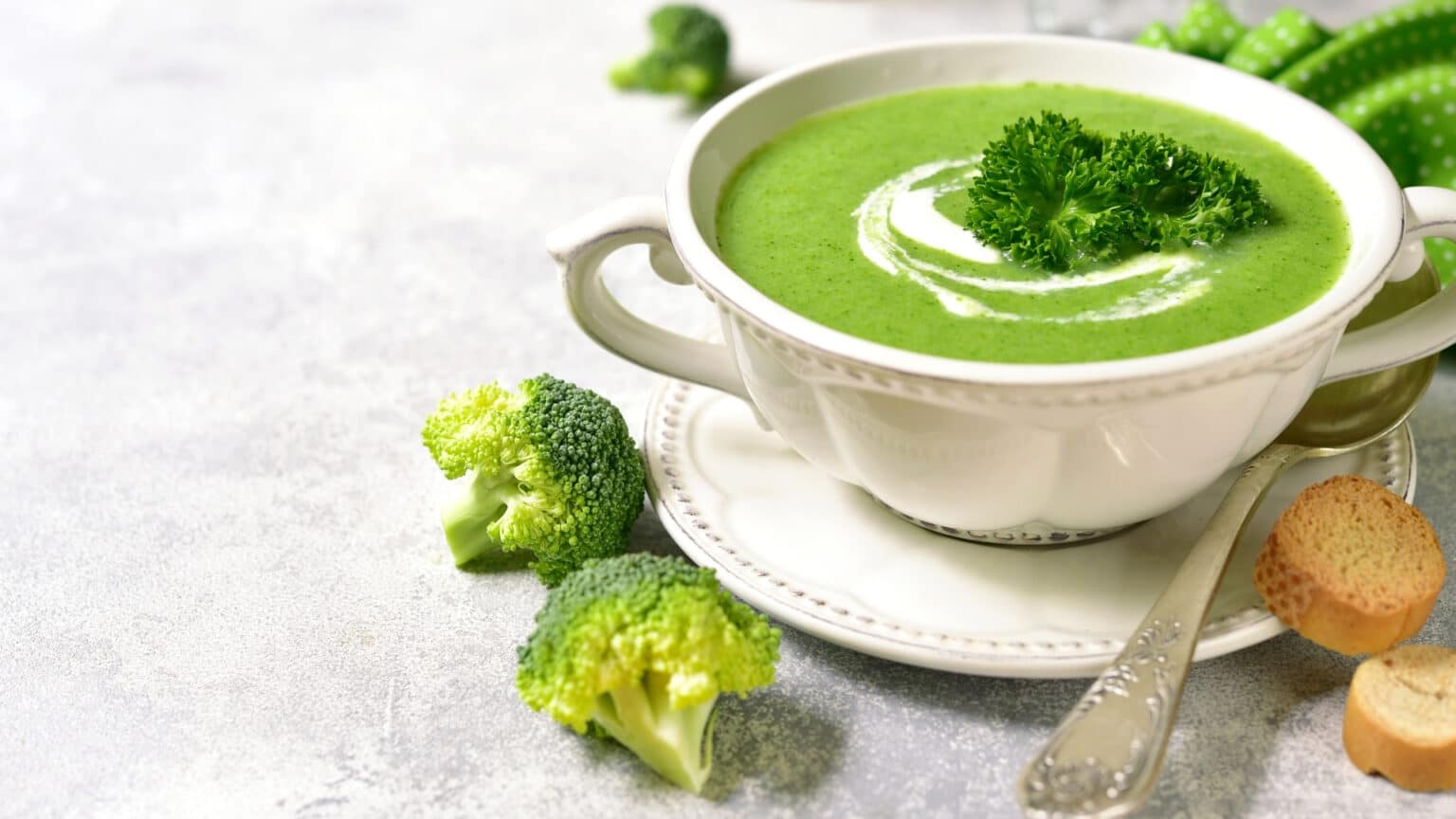
In practice, bowl handles are designed for ease of serving and eating. It is convenient to carry the dishes with two handles, and with one handle it is convenient to hold while pouring the soup. If broth is drunk and not eaten with a spoon, then the shape of a cup with one handle is just perfect.
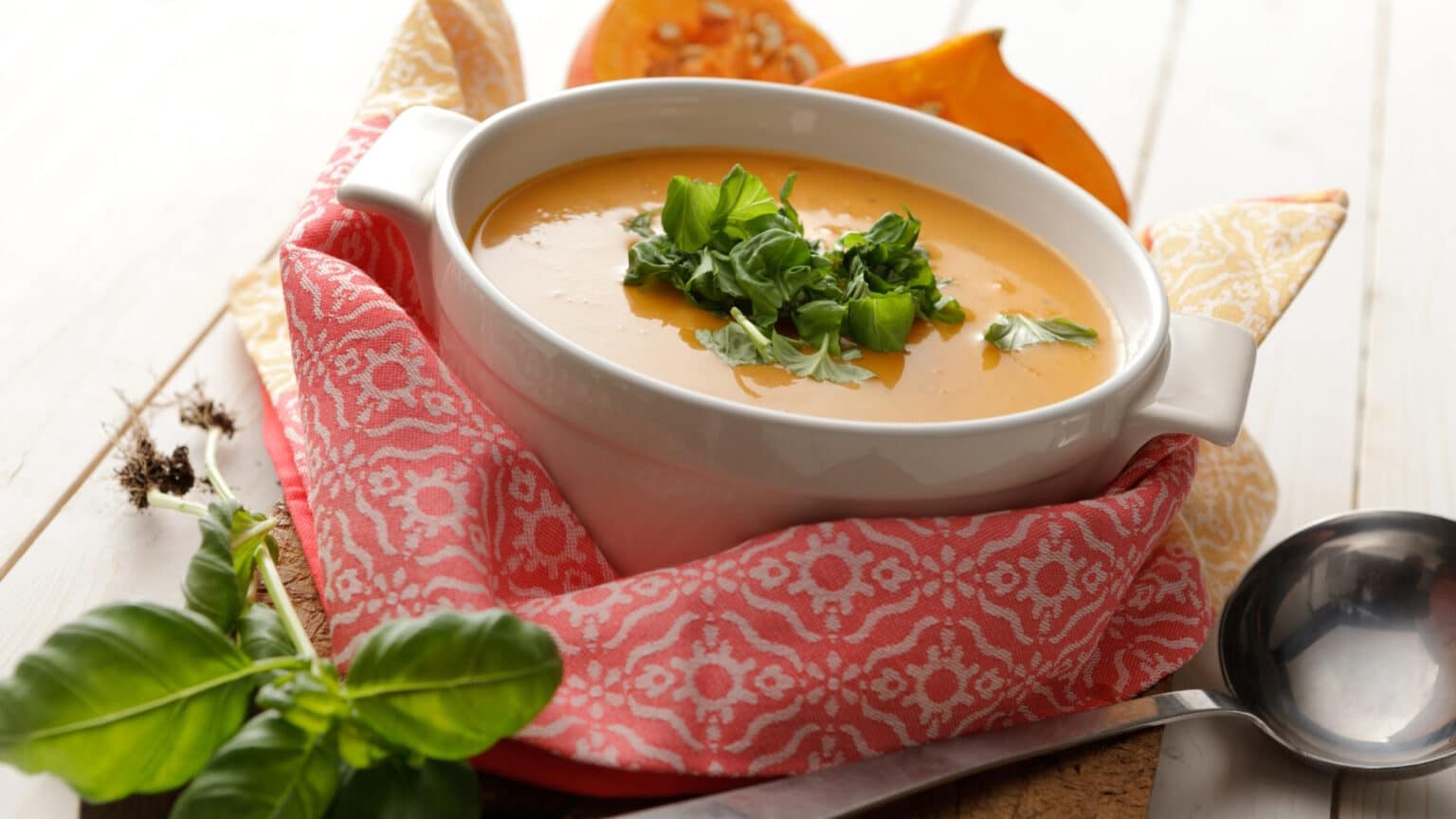
Soup bowl with “ears” look neat, do not take up much space in the cabinet, but the “ears” quickly heat up, and it is inconvenient to take them with pot holders. This must be taken into account.

A soup bowl is round and shallow, modeled on a melon or a gourd. Till the beginning of the 20th century, soup plates were very small compared to today. Bowl-shaped dishes with a handle served as soup plates throughout Europe during the 18th and early 19th centuries. These bowls were made without handles and intended to be held with the fingers, not with a fork or spoon.
Soup is a delicious, warm bowl of comfort. It’s a bowl of winter. It’s smooth and hearty or spicy and zesty, served with drizzles of oil or sprinkled with thick butter. There are so many different types, but they all have something in common: they make you feel good.
Recommended Articles :
Copyright 2025 © Beyond the Embrace
Beyondtheembrace.com is a participant in the Amazon Services LLC Associates Program, an affiliate advertising program designed to provide a means for sites to earn advertising fees by advertising and linking to Amazon.com.

